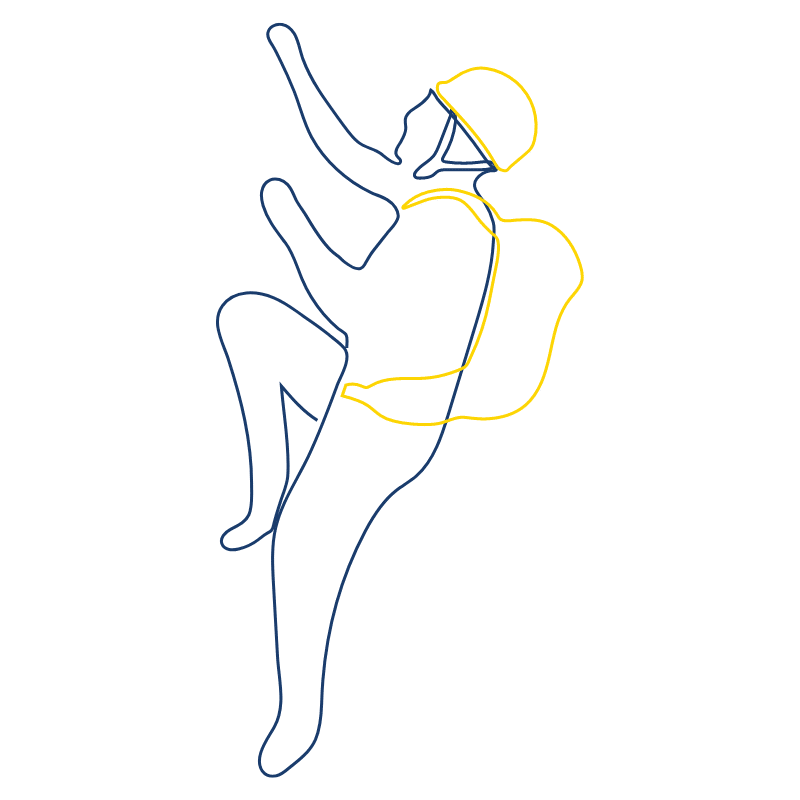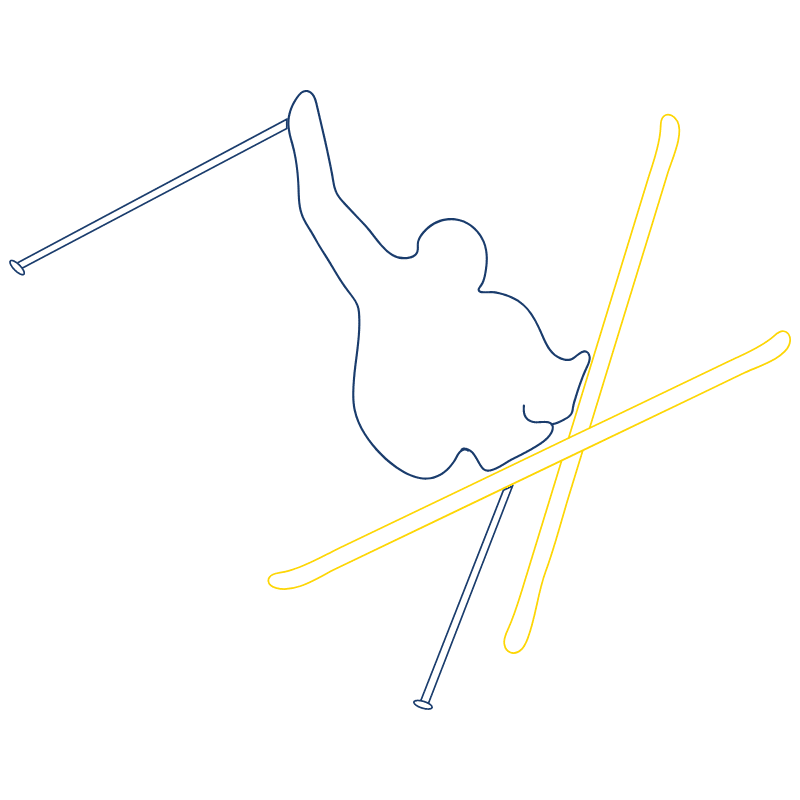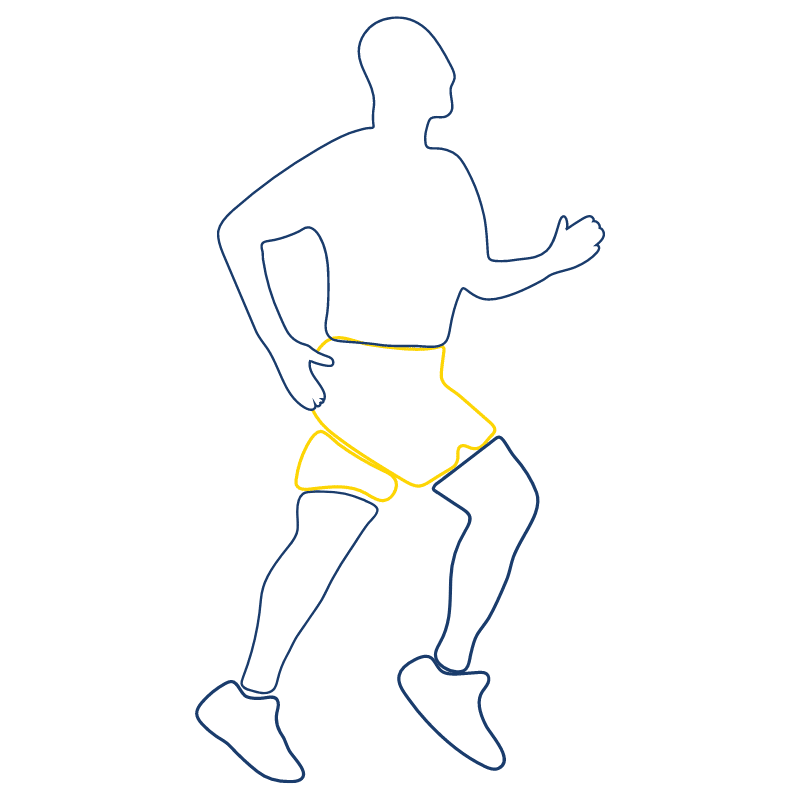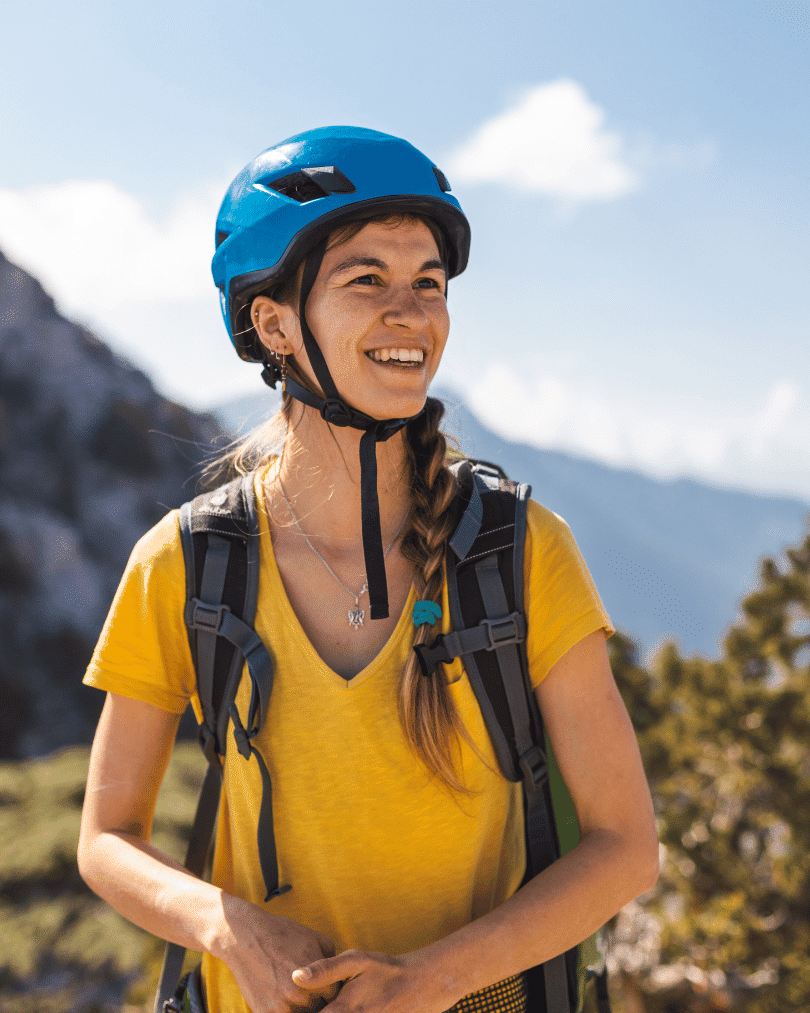It's time to face the truth: relying on energy gels and neglecting self-care won't cut it.
Your body deserves better fuel so you can improve your performance.
It's time to take charge of your nutrition and transform your athletic journey.


As a dedicated mountain athlete with unique health concerns, you need a nutritionist who understands ALL of your needs.
That's where Alpine Fuel Nutrition steps in.
With our weight-inclusive and health-inclusive approach, we provide one-on-one nutrition counseling tailored specifically to athletes like YOU.
Prepare to be guided by a friendly and knowledgeable nutritionist who recognizes the significance of optimizing your nutrition with an emphasis on whole foods, enhancing your performance, and prioritizing your long-term well-being.
Finally, find the support you've been searching for—a nutritionist who sees you as the empowered athlete you are while understanding your unique health conditions.







I love helping adventurous mountain athletes optimize their athletic performance and whole-body health.
When you work with me as a one-on-one client, I will help you optimize your health and performance with personalized functional nutrition care, testing, meal planning, and strategic supplement strategies.
Let’s get started!

Photo by Bergreen Photography

Lindsay has helped me learn about what I put into my body, how to have a healthy relationship with food, and the intricacies of how everything works together. My mind is more science oriented, so being able to break things down to how certain nutrients work and why we need them has been very helpful. Lindsay has been so kind and always responds in a thoughtful way with a ton of resources at hand.

I cannot begin to say enough good things about Lindsay and my experience overall. I have not been feeling like myself for about a year. My running was off, I was exhausted all the time, I didn't sleep well, I was gaining weight/feeling bloated. My family doctor told me during my annual physical I was "perfectly healthy" and "nothing is wrong".
I connected with Lindsay because I knew something was off. She reviewed my bloodwork and asked about what I was experiencing. She truly listened. She dug into my bloodwork. She asked all the right questions about what I was experiencing. She made suggested changes based on what she saw and heard. We made changes to my food intake (protein, iron, hydration, etc.), added some vitamins (as needed), discussed nutrition before/during/after my runs.
It has only been a couple weeks, but I am already starting to feel so much better. More energy. Better recovery. Less bloating. Sleep is slowly improving. We all know changes take time and can be hard, but she is thorough, kind, knowledgeable and passionate about helping her clients. Highly recommend working with her for way too many reasons to list!
Schedule your free call today!

Grab this list of my favorite nourishing snacks for mountain athletes like you!